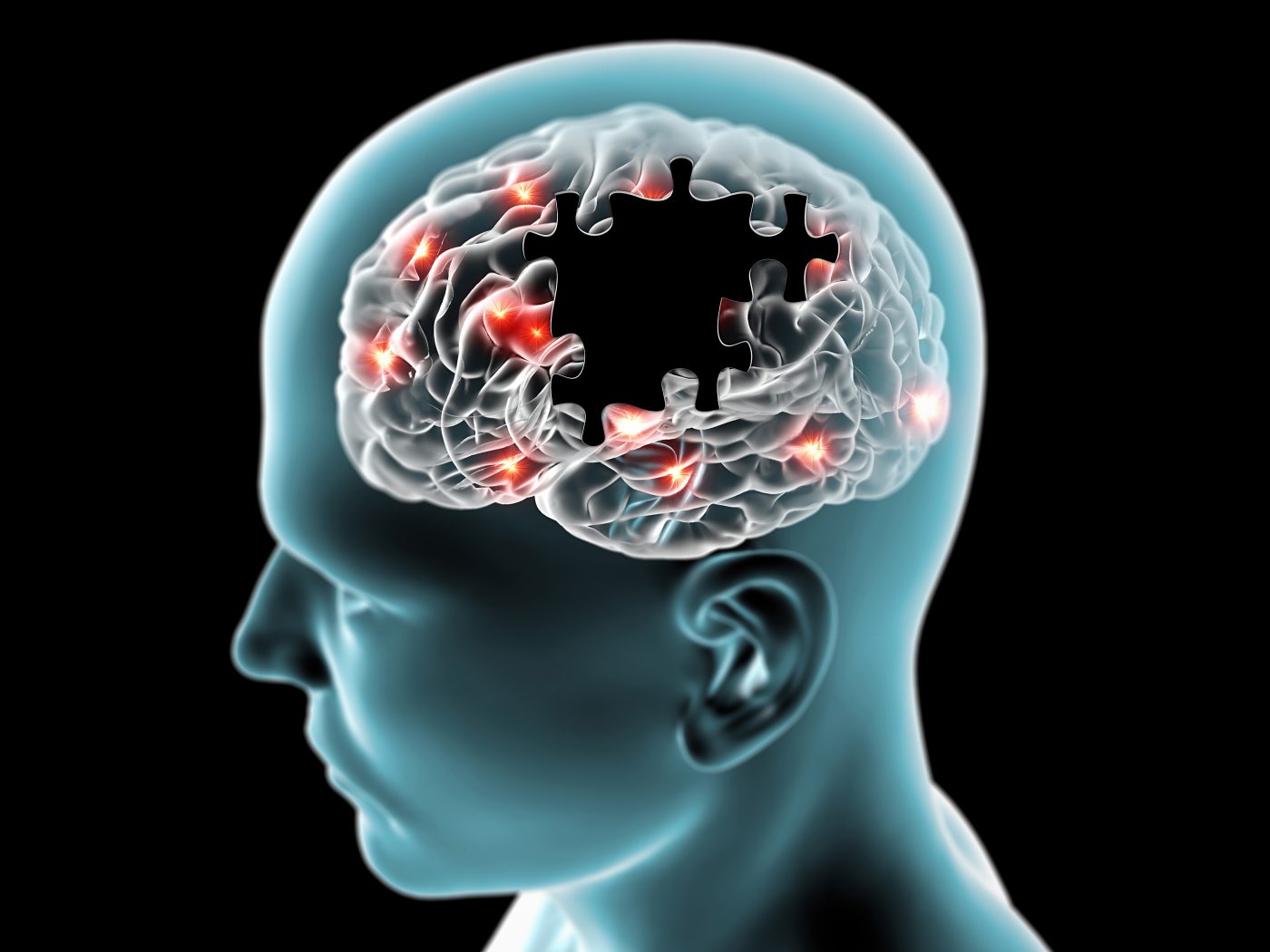Improvements in Deep Brain Stimulation Patterns May Lower Surgeries and Better Treat Patients

Parkinson’s disease patients who are treated with deep brain stimulation may require fewer surgeries to replace the batteries in their stimulation devices thanks to a more energy-efficient stimulation approach developed by Duke University scientists.
The optimized stimulation could be also used to develop patterns that are tailored to treat specific symptoms, further boosting the benefits of the treatment.
“Optimized temporal pattern of brain stimulation designed by computational evolution” was published in the journal Science Translational Medicine.
The scientists were studying how deep brain stimulation improves Parkinson’s symptoms when they discovered that more random stimulation timing patterns are less effective. The team figured a non-random pattern might exist that was more effective than a constant flow of pulses. Using computer modeling, they discovered several such patterns.
To make the process of finding patterns more effective, the team built a computer algorithm. Using it first in a Parkinson’s rat model, then in eight patients with Parkinson’s, the team found a pattern that was as effective as standard stimulation, and it required the stimulator to use up to 75% less energy.
“Cutting energy use is important because when these devices’ primary cell batteries run out, they have to be replaced through a surgical procedure,” Warren Grill, the Edmund T. Pratt Jr. School Professor of Biomedical Engineering, said in a press release. “Besides being expensive, studies have shown that there is a 2 to 3 percent chance of infection, which goes up each time the procedure is done. And because these batteries only last three to five years, someone receiving an implant at age 50 could undergo many procedures in a lifetime.”
The team compared several effects of the stimulation and noted that the improved approach reduced symptoms and abnormal brain waves, just as current stimulation approaches do.
Without the computer algorithm, the study would have taken years to complete because the team created 100 quindecillion — that’s a 1 followed by 50 zeroes — patterns to test.
“The method works very similarly to biological evolution, but it occurs inside of a computer,” Grill said. “In our world, instead of a giraffe’s neck getting longer to reach higher leaves, the positions of electric pulses change so that the pattern gets better over time.”






